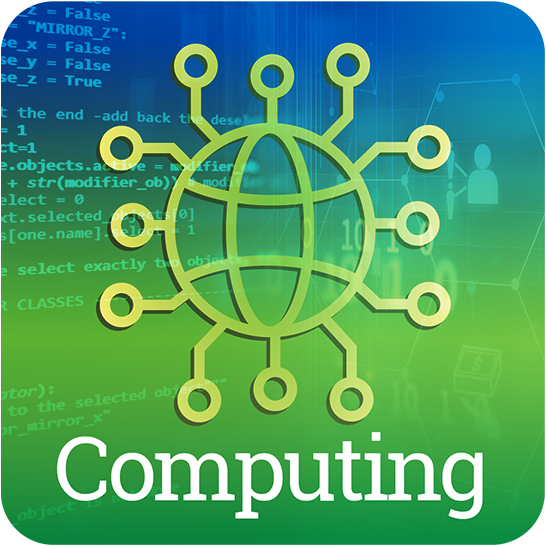Climate Change
The human-caused phenomenon of climate change is negatively affecting global ecosystems, food production and human health. Engineers design devices and procedures to help us adapt to and lessen the severity of climate change impacts!
Climate change describes the shift in long-term weather patterns that can cause temperature changes and alter the average amount of rainfall or snowfall in a particular region. Earth’s climate has naturally changed throughout its history.
However, scientists have observed that our planet's surface is warming more rapidly overall, especially in recent decades, due to higher greenhouse gas emissions that come from our increasing use of fossil fuels.
As a result, our impact on Earth's climate system is evident world-wide, for example, in the faster melting of glaciers and ice caps, which contributes to sea level rise, and the frequency and severity of weather-related natural disasters like hurricanes, floods, drought and wildfires.
Engineers can help the situation
Engineers have a huge opportunity to help shape how we impact and respond to climate change now and in the future through positive actions.
Environmental engineers design products and systems to clean up air and water pollution.
Civil and mechanical engineers can reduce our impact on the environment by changing and designing new materials used in modern technology.
Engineers also create and use alternative energy sources such as geothermal power, solar power and biomass energy to slow the emission of greenhouse gases.
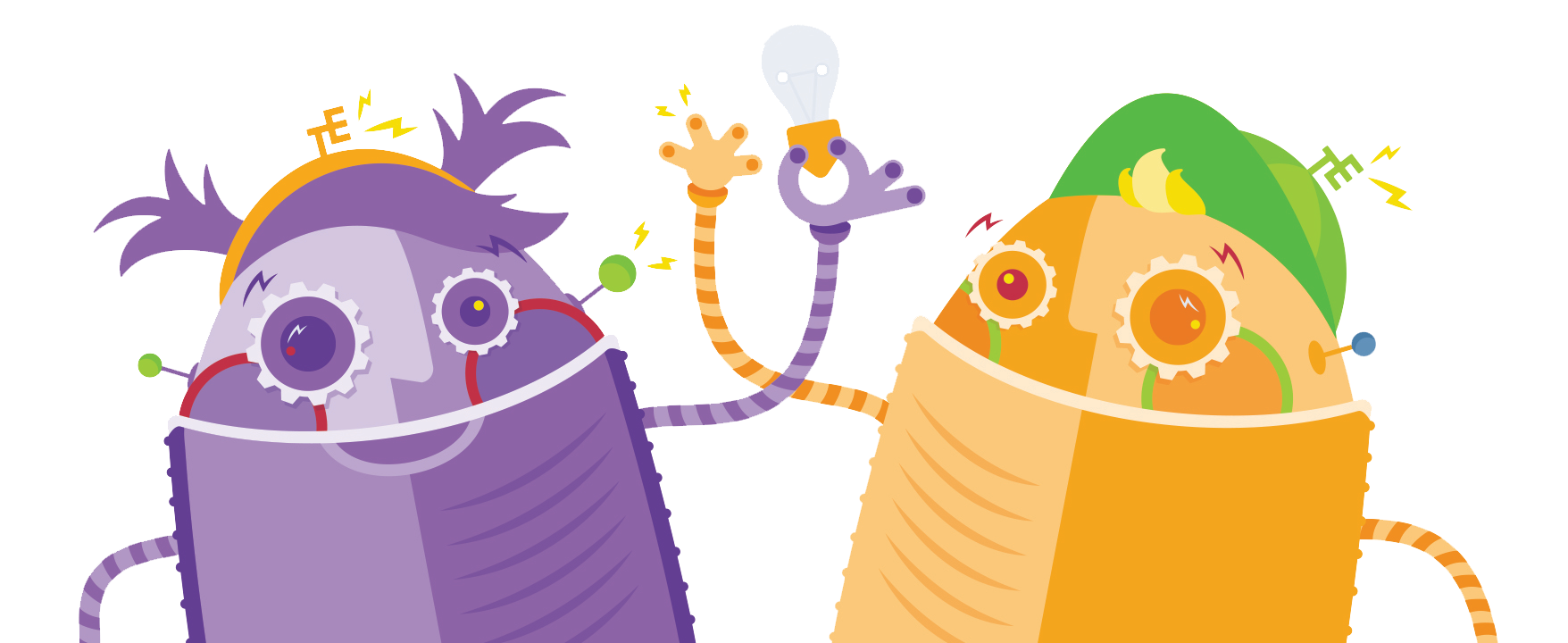

Climate Change Curricula

Check out the curriculum below that you can use to help students make sense of the global phenomenon of climate change in your classroom!
Grades K-2
- Climate Change and Cars (K-2)Climate Change and Cars (K-2)
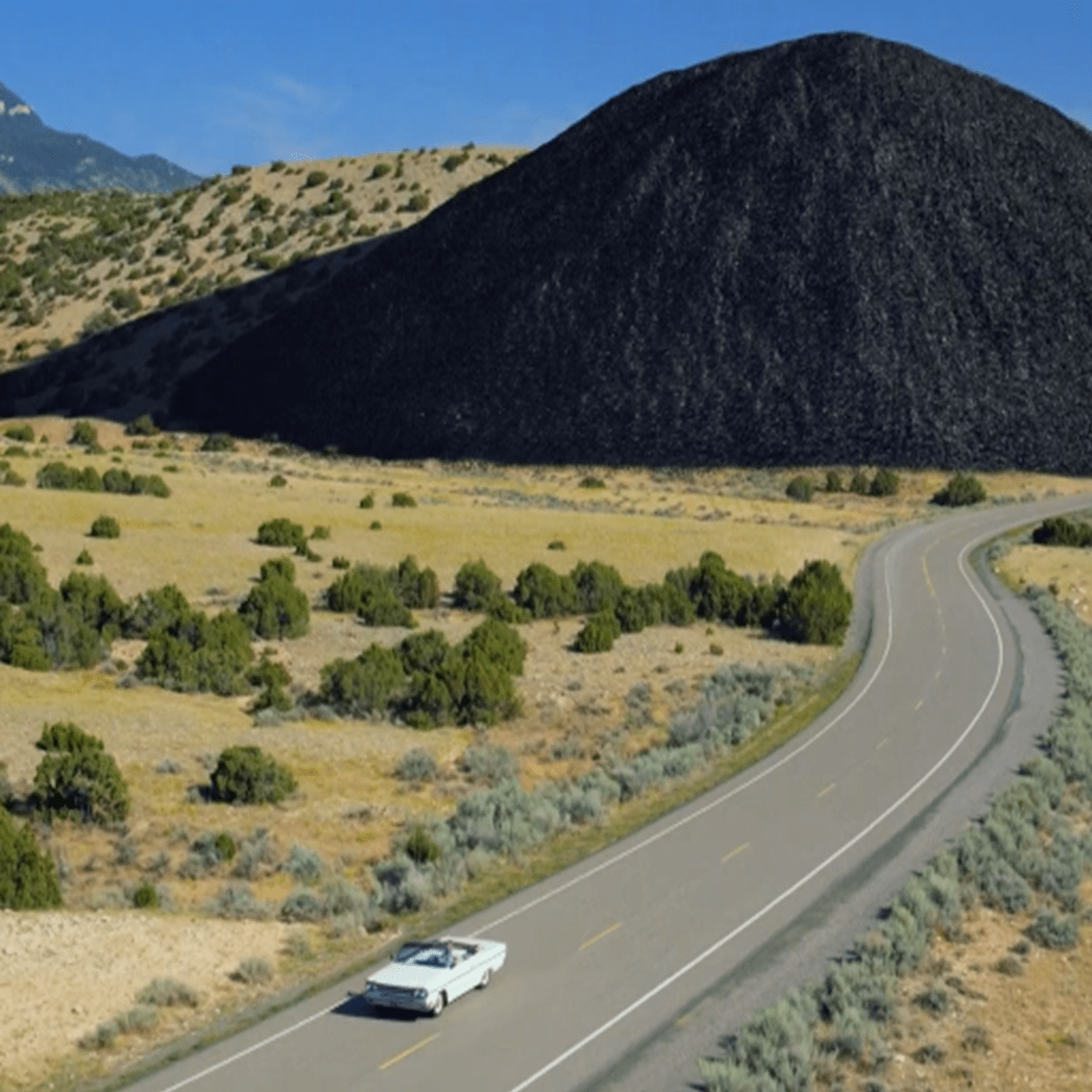
Students learn about climate change and what affects it. Students learn a basic understanding of the greenhouse effect, the carbon cycle, global warming, and how transportation can contribute to global warming. Students work together to understand how various forms of transportation have costs and b...
- Carbon Emissions: Carl’s Carbon!Carbon Emissions: Carl’s Carbon!
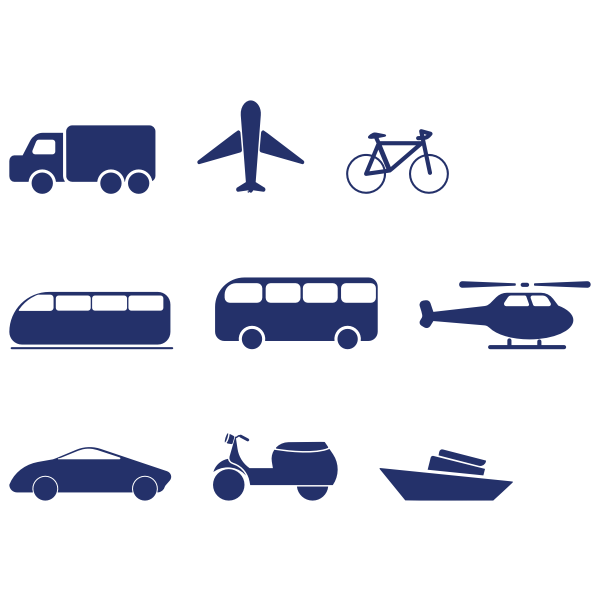
This activity introduces students to the concepts of climate change and what affects it. Students work together to understand how various forms of transportation have costs and benefits, and which modes of transportation are better for the environment.
Grades 3-5
- What's Air Got to Do with It? Properties & QualityWhat's Air Got to Do with It? Properties & Quality

Students are introduced to the concepts of air pollution, air quality, and climate change. The three lesson parts (including the associated activities) focus on the prerequisites for understanding air pollution. First, students use M&M® candies to create pie graphs that express their understanding o...
- Climate Change and Cars (3-5)Climate Change and Cars (3-5)
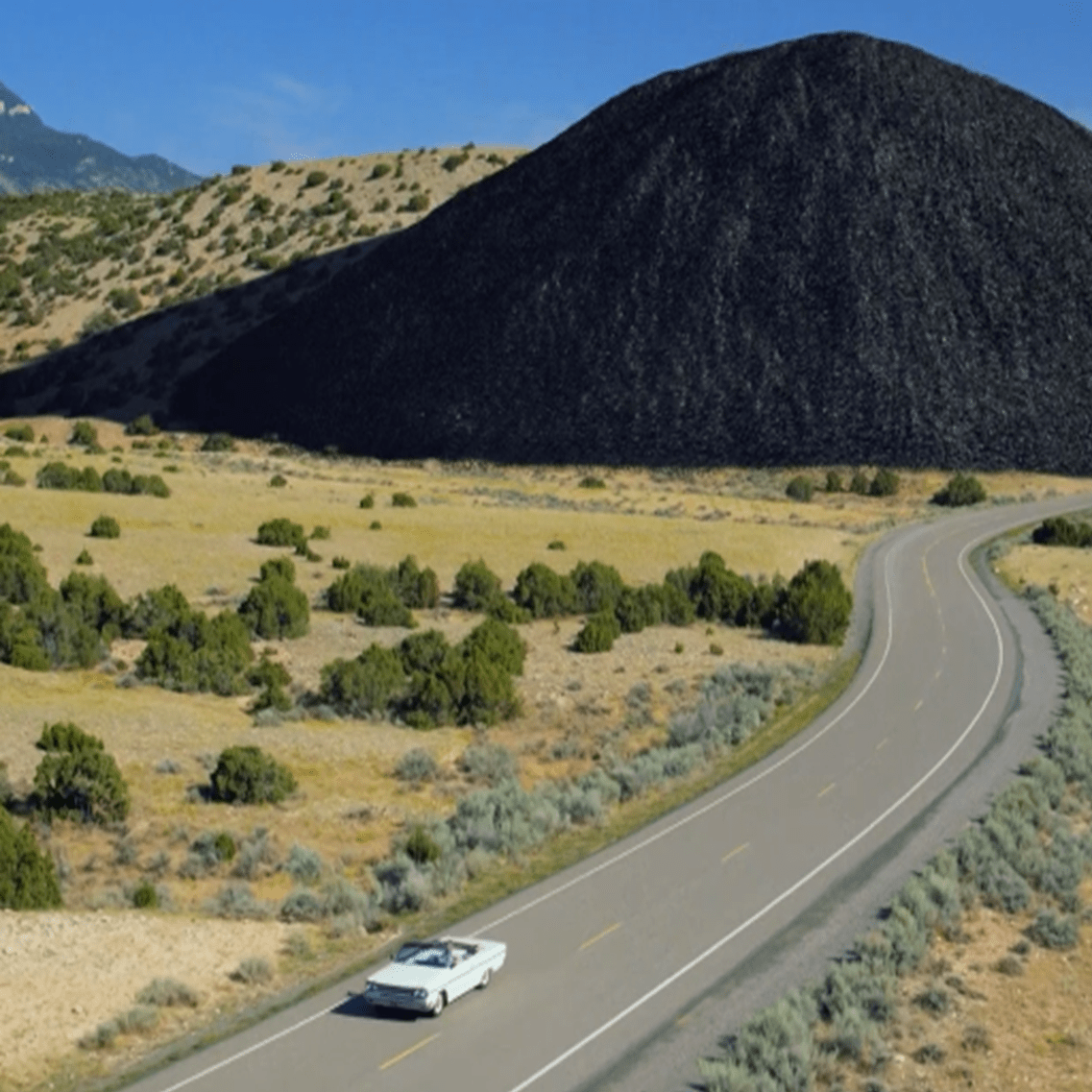
Students learn the concepts of climate change and how cars can contribute to climate change. Students learn the basics of the greenhouse effect and the carbon cycle. They also learn how transportation affects our atmosphere. Students work together to understand how various forms of transportation ha...
Grades 6-8
- Pollution PoliticsPollution Politics

Students learn how a bill becomes law in the U.S. Congress and research legislation related to global warming.
- Global Climate ChangeGlobal Climate Change

Students learn how the greenhouse effect is related to global warming and how global warming impacts our planet, including global climate change. Extreme weather events, rising sea levels, and how we react to these changes are the main points of focus of this lesson.
- What Kind of Footprint? Carbon Footprint What Kind of Footprint? Carbon Footprint

Students determine their carbon footprints by answering questions about their everyday lifestyle choices. Then they engineer plans to reduce them.
- Carbon CyclesCarbon Cycles

Students are introduced to the concept of energy cycles by learning about the carbon cycle. They learn how carbon atoms travel through the geological (ancient) carbon cycle and the biological/physical carbon cycle.
- Dinosaur BreathDinosaur Breath

Through discussion and hands-on experimentation, students learn about the geological (ancient) carbon cycle. They investigate the role of dinosaurs in the carbon cycle and the eventual storage of carbon in the form of chalk.
- See More
Grades 9-12
- An Introduction to Air Quality ResearchAn Introduction to Air Quality Research

Students learn the basics about the structure of the Earth’s atmosphere, the types of pollutants that are present in the atmosphere (primary, secondary, gas-phase compounds, particulate matter), and the importance of air quality research. They are also introduced to some engineering concepts such as...
- Off the GridOff the Grid

Students learn and discuss the advantages and disadvantages of renewable and non-renewable energy sources. They also learn about our nation's electric power grid and what it means for a residential home to be "off the grid."
- Model GreenhousesModel Greenhouses

Students learn about the advantages and disadvantages of the greenhouse effect. They construct their own miniature greenhouses and explore how their designs take advantage of heat transfer processes to create controlled environments. They record and graph measurements, comparing the greenhouse indoo...
- Combustion and Air Quality: Emissions Monitoring Combustion and Air Quality: Emissions Monitoring

As a class, students use a low-cost air quality monitor (a rentable “Pod”) to measure the emissions from different vehicles. By applying the knowledge about combustion chemistry that they gain during the pre-activity reading (or lecture presentation, alternatively), students predict how the emission...
- Engineering Environmental Solutions: River Dynamics & Mosquito ControlEngineering Environmental Solutions: River Dynamics & Mosquito Control
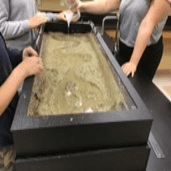
Students learn how seasonal flooding from snowmelt affects rivers and evaluate how changing environmental conditions, such as flood levels and temperatures, influence the distribution and abundance of organisms such as mosquitoes. In this hands-on activity, students build a river model using stream ...























